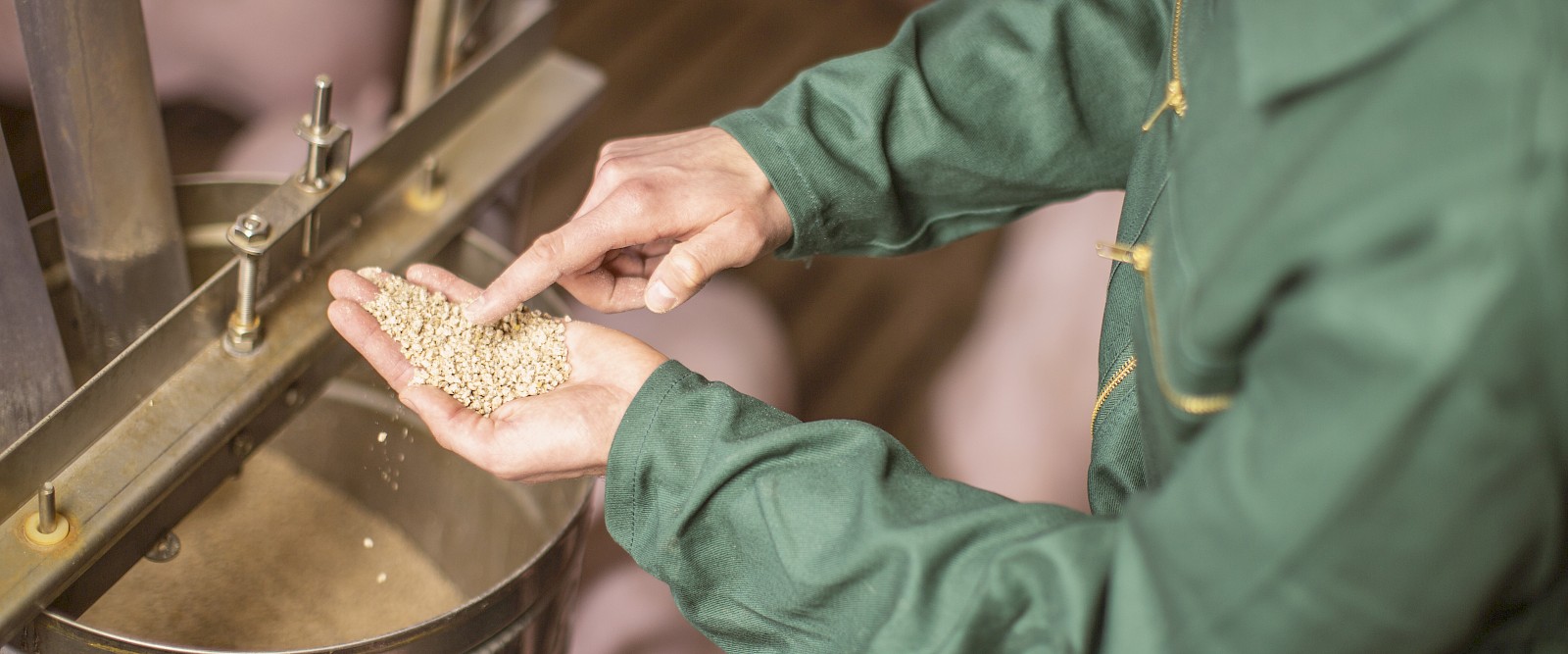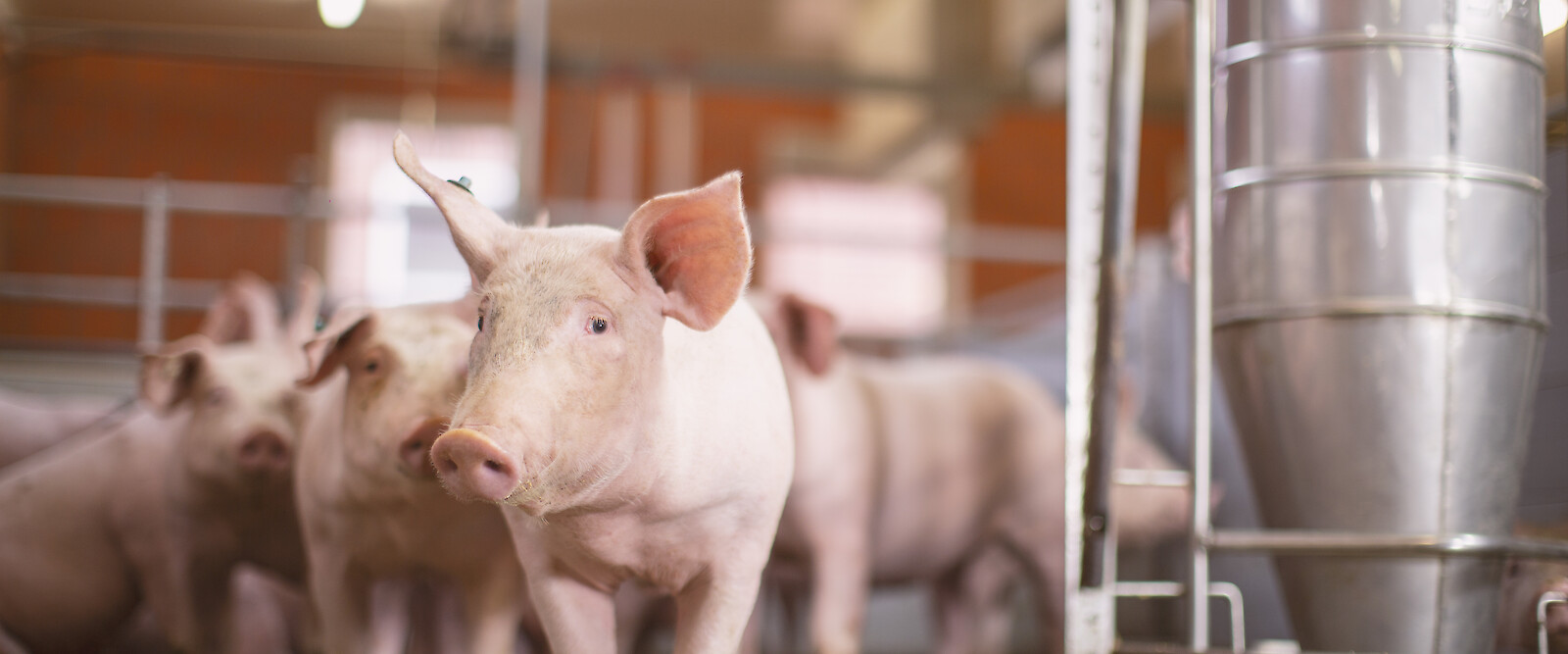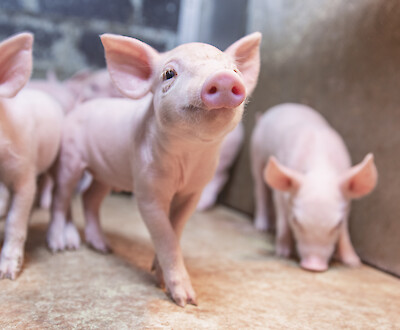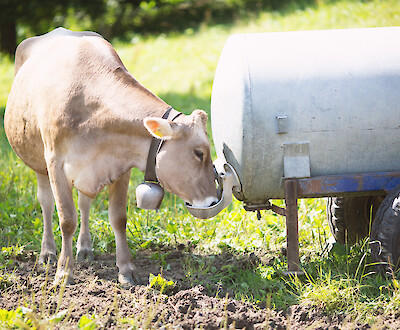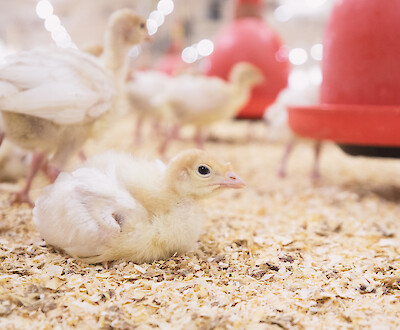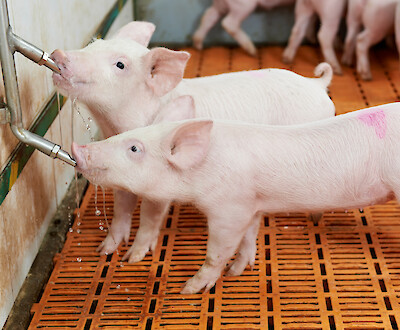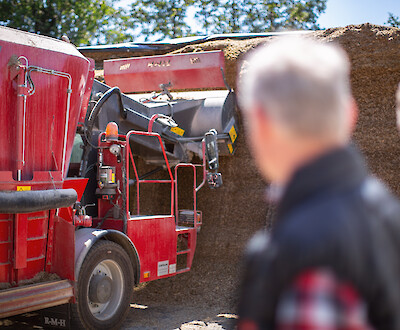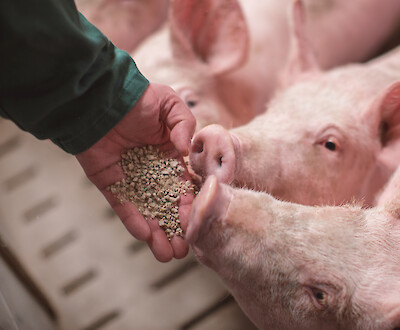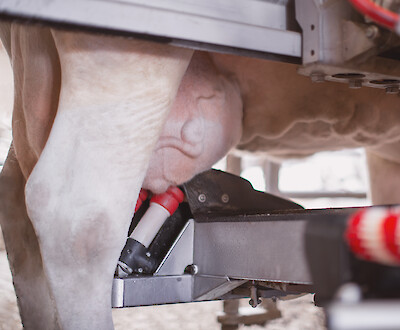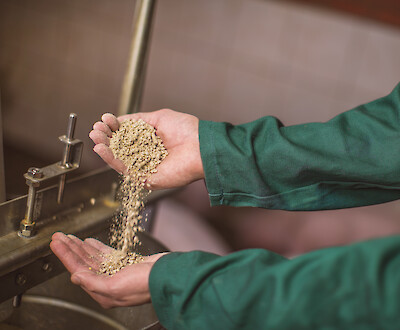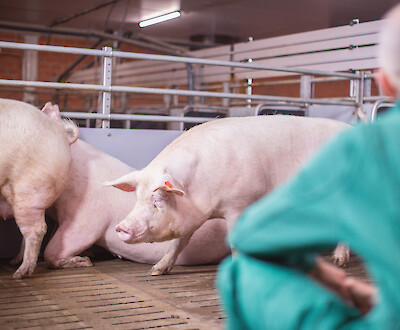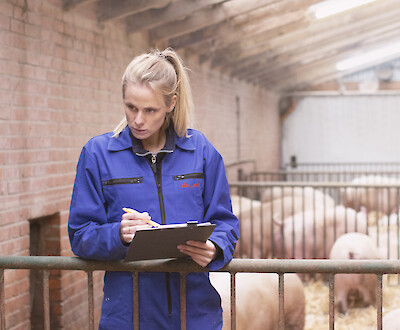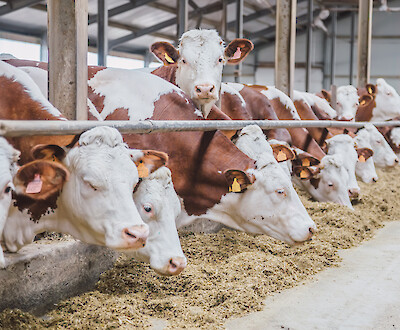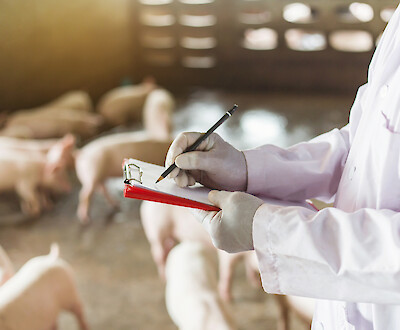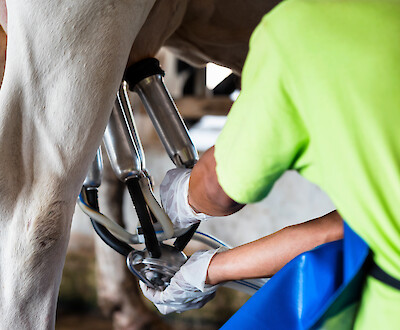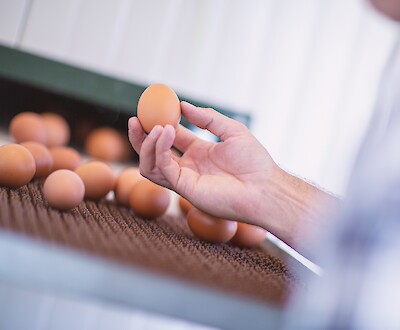Perform premium feed for high performance in fattening
Increasing feed efficiency in fattening - this is what you should pay attention to..
Nutrient-reduced feeding has been an important topic for many farmers for several years. Especially the levels of nitrogen and phosphorus can be significantly reduced with the help of free amino acids and phytase supplements. Optimising feed efficiency is another way to reduce nutrient inputs into the environment. At the same time, this helps to reduce the burden on the wallet. Three peculiarities point to a high utilisability of feeds in fattening.
The renewed tightening of the Fertiliser Ordinance calls for new solutions to reduce the amount of nutrients from pig farming. In addition to reducing the nitrogen and phosphorus content in the feed, feed efficiency is of outstanding importance. If the nutrient inputs are evaluated according to the aspects of the Material Flow Balance Ordinance, the farms that manage to achieve optimal feed utilisation are at an advantage. Optimised utilisation not only minimises nutrient uptake with the feed. The feed costs per kg increase are also reduced. In this context, it is crucial to minimise digestion losses so that a higher proportion of the supplied nutrients remains in the pig's organism.
Net energy as an important component for feed efficiency
One way to optimise utilisation is to reduce the protein content in the feed. The digestion of crude protein results in significantly higher heat losses than the digestion of fat (see table).
|
Nutrient group |
Carbohydrates |
Crude protein |
Fat |
|
Energetic utilisation (%) |
75,7 |
62,3 |
85,9 |
|
Heat losses (%) |
24,3 |
37,7 |
14,1 |
Source: according to Jentsch W., Chudy A., Beyer M. (2000)
In order to take the heat losses and thus the energy utilisation of the feed into account in the design, the evaluation of the energy in the feed should therefore be based on the net energy (NE). NE refers to the energy that is actually available to pigs for maintenance and performance. The net energy takes into account - in contrast to the convertible energy (ME) - not only the energy losses through faeces and urine, but also those through body heat, which is generated by metabolic processes. Ingredients and components that only cause minor heat losses during digestion are classified as more efficient and are also rated better accordingly.
Valine improves protein utilisability and thus nutrient efficiency
The supplementation of free amino acids also causes an increase in efficiency in the feeding of fattening pigs. Pigs can easily digest free amino acids and utilise them almost completely. A high proportion in the feed increases the overall digestibility of the protein and thus the nutrient efficiency. However, it is not the absolute amount of free amino acids that is decisive, but the optimal ratio of digestible amino acids to each other. The minimum principle applies in that the limiting amino acid always limits the growth potential. Thus, in the case of a strong protein reduction, it becomes clear that more and more often the amino acid valine is also limiting and must be taken into account accordingly. By adding free valine, feed efficiency and meat production capacity can be increased.
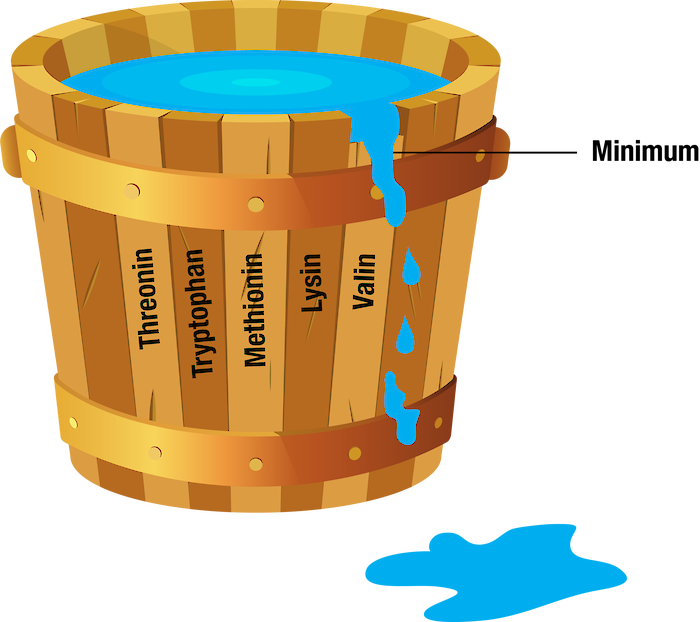
AMS accelerates digestive processes
The addition of formic/lactic acid (AMS) promotes enzymatic digestion in pigs. AMS in the feed quickly lowers the pH value in the pig's stomach and thus improves enzymatic predigestion in the stomach, which is very effective especially at low pH values. Digestion processes can thus take place more quickly and easily, which also leads to greater safety in the gastrointestinal tract at the same time. AMS also proves to be a very effective means against the proliferation of salmonellae.
Perform concept for maximum feed conversion
The new fattening feed concept "Perform" is designed for maximum feed conversion and is characterised by a high net energy content. In addition, the first five limiting amino acids up to valine are evaluated on the basis of small intestine digestibility and added synthetically accordingly. In addition to the resulting higher digestibility of the feeds, the supplements lead to a high meat yield and maximum daily gains. The AMS supplement included as standard in the feeds of the Perform concept, coupled with the use of enzymes, also improves the overall digestibility. In this way, the Perform concept makes it possible to relieve the burden on the farm's nutrient balance and at the same time makes an important contribution to improving sustainability in the value chain.
Conclusion
- Increasing feed efficiency - in addition to reducing nitrogen and phosphorus levels - is an important means of minimising nutrient input in fattening. At the same time, economic efficiency can be increased.
- The evaluation of energy in feed should be assessed on the basis of net energy (NE).
- An amino acid supplement up to valine helps to significantly improve the protein digestibility of the feed.
- AMS in the feed safely lowers the pH in the pig stomach, optimising enzymatic predigestion in the stomach.
- The new Perform concept is geared towards maximising feed conversion in fattening like no other feed from deuka.
Literature on the contribution is available on request. Please send an email to the following address:PM-Schwein@deutsche-tiernahrung.de
